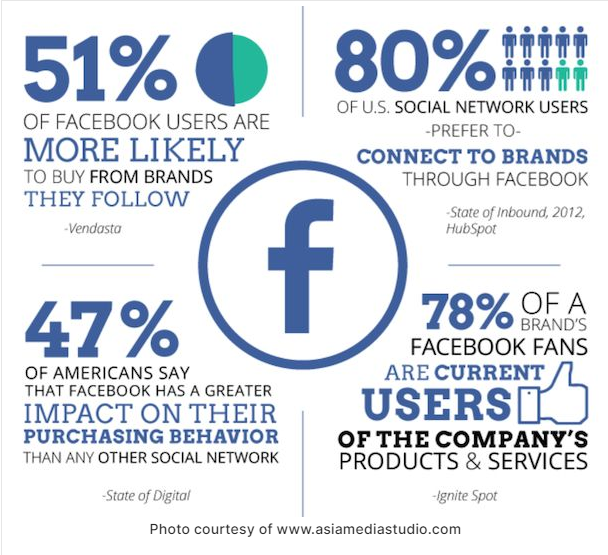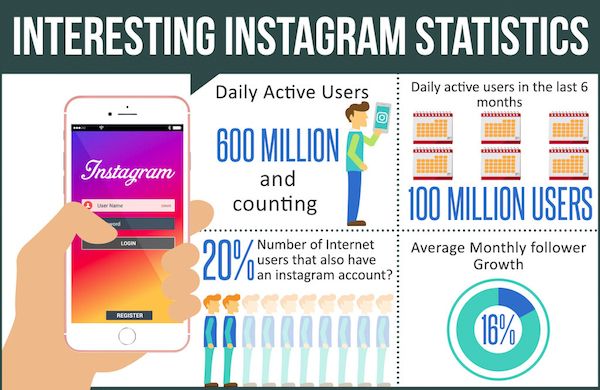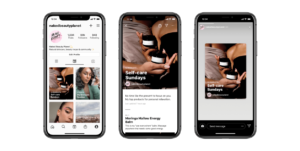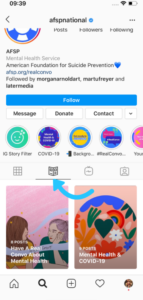How To Increase Your Online Visibility Through Social Media
Social media plays a vital role in today’s society. It can help you generate buzz around your products and your brand by having users share your content. But social networks are incredibly busy and filled with stimuli. With so much going on, how do you make sure that users will find your content throughout all this mess? Read on to find out more…
Social media is a great resource when it comes to increasing your online visibility. There are so many ways that an organization’s pages can be optimized in order to do so.
We’ll take a look at how you can bring a couple of strategies together to generate more searches for your business—and from this, achieve a greater online presence.
Does Social Media Posting Help With Online Visibility?
While social media cannot directly impact your rankings, you can create a more holistic approach to online marketing. However, social media activity can raise your company’s profile and increase the clicks on their website. What are you aiming to achieve by linking social media activity with online visibility? Here’s a couple things you can do to get started:
- Getting clicks on your organization’s website
- Having an increase in online searches for the company
- Social shares for a wider post reach and increased audience
- Sharing information to help analyze social engagement
All of the things above have one thing in common and that is that they all increase the possibilities for lead opportunities. The way you can achieve lead opportunities above is by having and creating quality content. Often times quality content gets overlooked, its truly one of the best ways you can leverage and boost your online presence.
Which Social Media Platforms Are the Best for SEO?
Which platforms do you currently use? Most social media platforms can help with online visibility. A lot of people have that mindset, but you should honestly be thinking about using the platforms that will help you reach your target audience. Each social media platform works slightly differently when it comes to encouraging clicks and shares.
It goes without saying most brands have a Facebook, LinkedIn, Twitter, Instagram and Google My Business accounts. But many businesses also utilize Youtube, Tiktok and Pinterest. But which performs best? Facebook continues to be powerful all over the world. With more than 1.71 billion monthly users, the social media platform is ripe for SEO. Be attentive with your company page and find and nourish your best promoters on the platform. Facebook is a great lead generator, so always stay on brand and use targeted keywords in your posts. Make sure to cross-post videos you produce and publish on your YouTube account as well.
Although Meta owns both Facebook and Instagram, they perform differently for different organizations’ offerings.
Also, any social platform a company uses has to be “on brand” for them, otherwise it will defeat the purpose of boosting your SEO. At the end of the day, a great website should have all the key elements of an effective inbound marketing strategy:
- An active blog.
- Responsive design.
- Intuitive navigation.
- Effective conversion strategy with calls to action.
What Are the Best Ways to Optimize Social Media for Better Online Visibility?
How can you make the most of your brand’s social media platforms? Here are a couple of techniques that you can use to improve your websites online visibility.
LinkedIn & Facebook
Most people breeze by “SEO-ing” their About us/Summary section. It’s one of the easiest ways to put the information you want out there for leads to easily access. Filling out as much as you can in the About section is a great start.
- The “About” summary section gives you the capacity to use 2,600 characters (on LinkedIn, Facebook gives you 50,000!) to explain what you do. Use keywords that your clients are using to find your products and services.
- Use keywords that describe your products and services in your headline.
- The “Experience” section also gives you 2,000 characters to show case your expertise. Make sure you include a few paragraphs that talk about what your company provides from a product/services perspective.
How do You know if your Social Media Strategy is Improving SEO?
All social media platforms have some sort of analytics feature that you can use to measure the attention your socials are getting. You can also look into social media engagement tools, which you can download and use to generate tables and graphs. You can compare the social media and website stats to see the effect the former has on the latter. Lastly, you can see the organic changes in your Google Analytics account.
Last Thoughts
Social media is a crucial part of your marketing strategy. It can help you generate buzz around your products and your brand by having users share your content.
As trusted Google experts, our team is here to help with holistic digital marketing strategies including optimizing your Google Business Profile listing and ensuring you have the highest rank possible. Whether you’re looking for SEO tips, social media marketing ideas, or paid media strategies, our goal is to make your business more successful. Get a free audit and see how you can improve your digital presence with us here.





